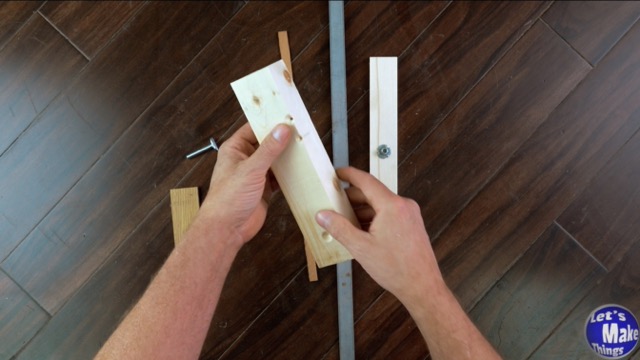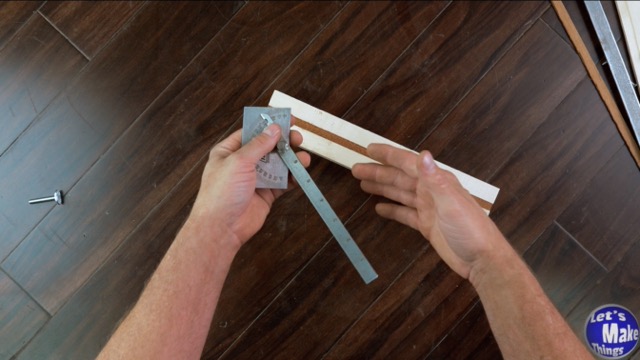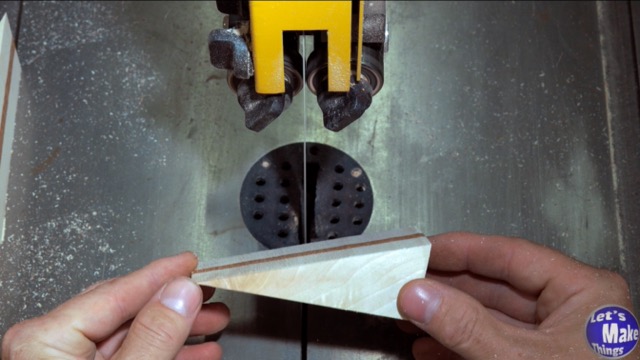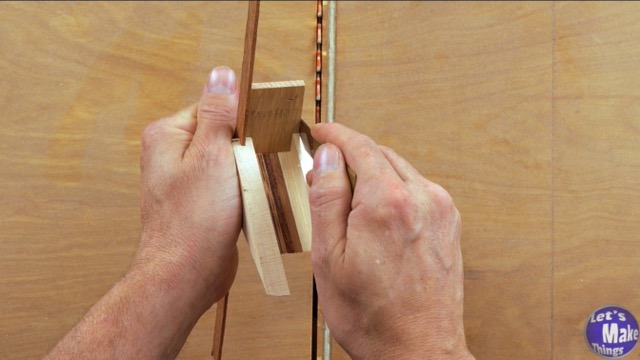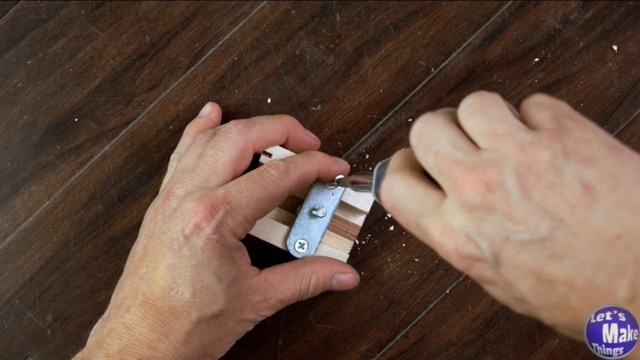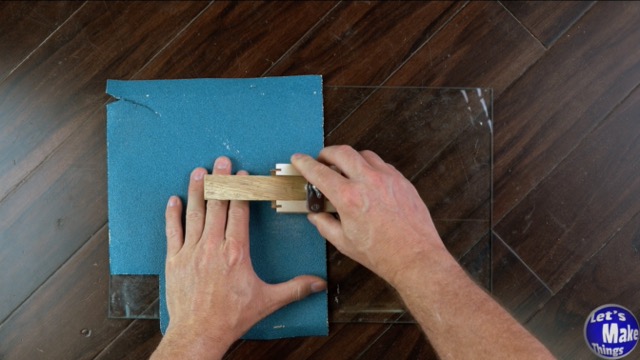Sharpening & Honing
Guide
July 29, 2024
If you’re going to sharpen a blade, it is absolutely crucial that the blade is sharpened at an exact angle. Any deviation from that angle can cause the blade to be uneven, leading to dull edges or even chipping. This can significantly impact the quality of your work and the longevity of your tools.
While freehand sharpening can work, it often proves challenging, especially with thinner blades. Maintaining a consistent angle by hand is difficult and can result in inconsistent edges. This is where a sharpening guide becomes invaluable.
The guide featured on this page is my top choice. It provides precise control, ensuring that each pass of the blade maintains the correct angle. This guide is designed to work seamlessly with the “scary sharp” sharpening system, which involves using a piece of glass with sandpaper attached to it. This setup provides a perfectly flat surface for sharpening. By using this guide and system together, you can achieve a razor-sharp, durable edge every time.
ATTENTION: These plans are yours to use…they are offered as a gift from me to you. You have every right to use them to make this project for yourself, but please, do not sell or give these plans away as your own! I make absolutely no money off of these so I would appreciate those who view these plans to abide by basic copyright laws.
watch all steps in this video before starting
Please use the material and tool list below as a guide to finding the products locally.
Downloadable file
Materials
- 1 1/2″ x 2″ x 9″ Soft or hard wood
- 1/4″ x 1 1/8″ x 1 3/8″ Thin strip of wood
- (2) 3/32″ x 1/2″ x 1 1/4″ Thin strip of wood
- 3/4″ x 2″ Flat steel (At least 12 gauge)
- (2) 1/4″ Wing nuts
- 1/4″ Hanger bolt
- (2) #8 Flat head screws
- 1/4″ x 3/4″ T-bolt or 1/4″ elevator bolt
- Thread lock (Permanent)
Tools Needed/used
- Table saw
- Drill press
- Bandsaw
- Hand drill
- Table saw sled (optional)
- Kiridashi knife (optional)
- Square angle protractor
- 1/8″, 1/4″ Brad point bits
- 3/16″ Metal drill bit
- 1/4-20 Tap & drill bit
- Center drill bits (optional)
- Hinge drill bit
- Steel punch (optional)
- Hack saw or a grinder
- Flush cut saw (optional)
As an amazon associate I earn from qualifying purchases.
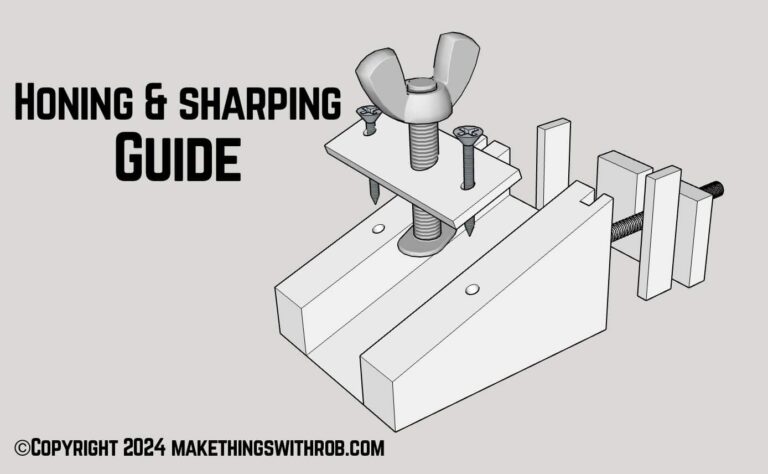
Step by step instructions
1. Materials
Materials for this are pretty simple. I did throw a wrench in the mix by using a steel arm, but I did it to keep the profile on the top small. I think using a thin 1/8th inch (or 12 gauge) piece of flat steel is a better option, but it’s up to you.
2. Making the angle
The square angle protractor (I called it a box protractor) is a great little way to find an angle. If you only plan on using a 25˚ angle and no other angle (like a micro bevel), set it to 25˚. You can bypass step 4 and 5 and fasten a heel with glue to the back and call it a day.
4. Heel tracks
To keep our heel lined up on the back of the jig so that the blade stays flush on the front end, we need it to slide up and down and be precise: blade sharpening means we need exact angles with the blade. These tracks are easy to cut but you’ll want to use a sled to be safe.
We’ll cut one side, temporarily add a track, and mark the other side with the width of the heel. This will give us a zero clearance line that we can line our blade to to make the second cut.
5. Attaching the heel
I drilled a hole in the back that’s centered that will allow me to add a hanger bolt: Be extremely careful with this! With my second jig, I drilled a hole that was too small and ended up splitting the jig in half. I was able to save it, but I made sure I drilled the hole much wider. It’s much safer to drill the hole out the thickness of the hanger bolt and using epoxy to attach it.
To drill the hole out, I used a board with a 90˚ edge and clamped it to my drill press table which allowed me to positing my jig correctly.
6. Locking arm
I hope the locking arm isn’t what throws people off with this jig (fixture?). Basic metalwork is not difficult and it’s a lot of fun when you end up with a functional piece of steel. It will make the jig much more fun and interesting to use in the future…I promise.
The process involves using flat stock and drilling 3 holes. Two holes are used to attach it to the jig, the 3rd will need to be tapped. I used a t-bolt because of the wide surface area, but you may consider using an elevator bolt instead…it’s what I had on me at the time.
7. Calibration
We’ll need to calibrate the jig to make sure that the bed of the jig is is flush with the back by using a piece of sandpaper and a thin strip of scrap wood that’s is flat and contains absolutely no bows in it. You’ll want to sand with the heel in different positions to make sure that every part of it is calibrated correctly.
Tip Jar
If you found any errors on the page, please use my email below and contact me!

